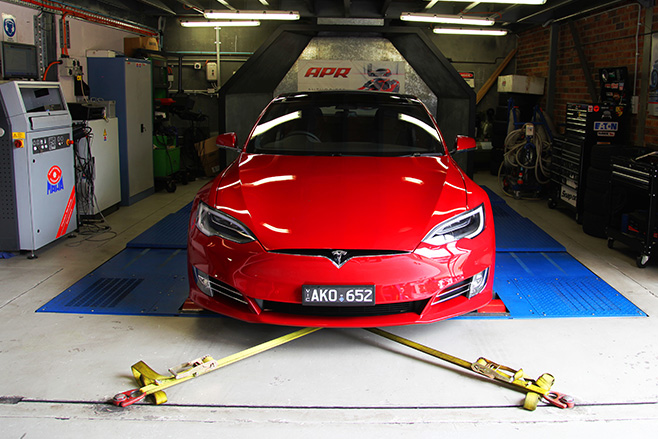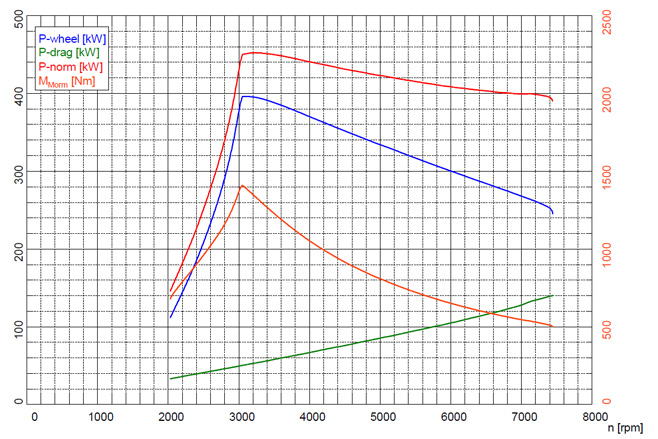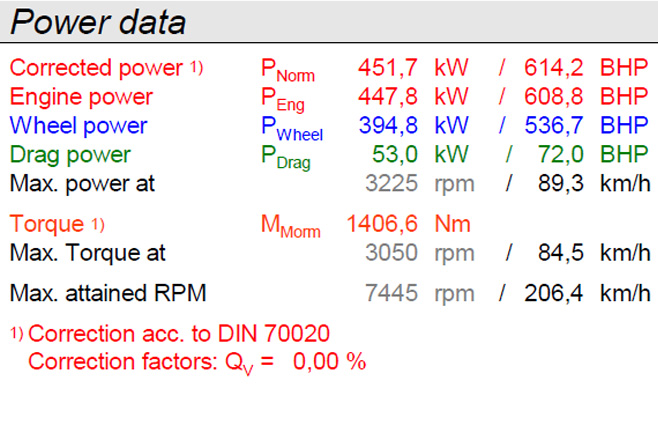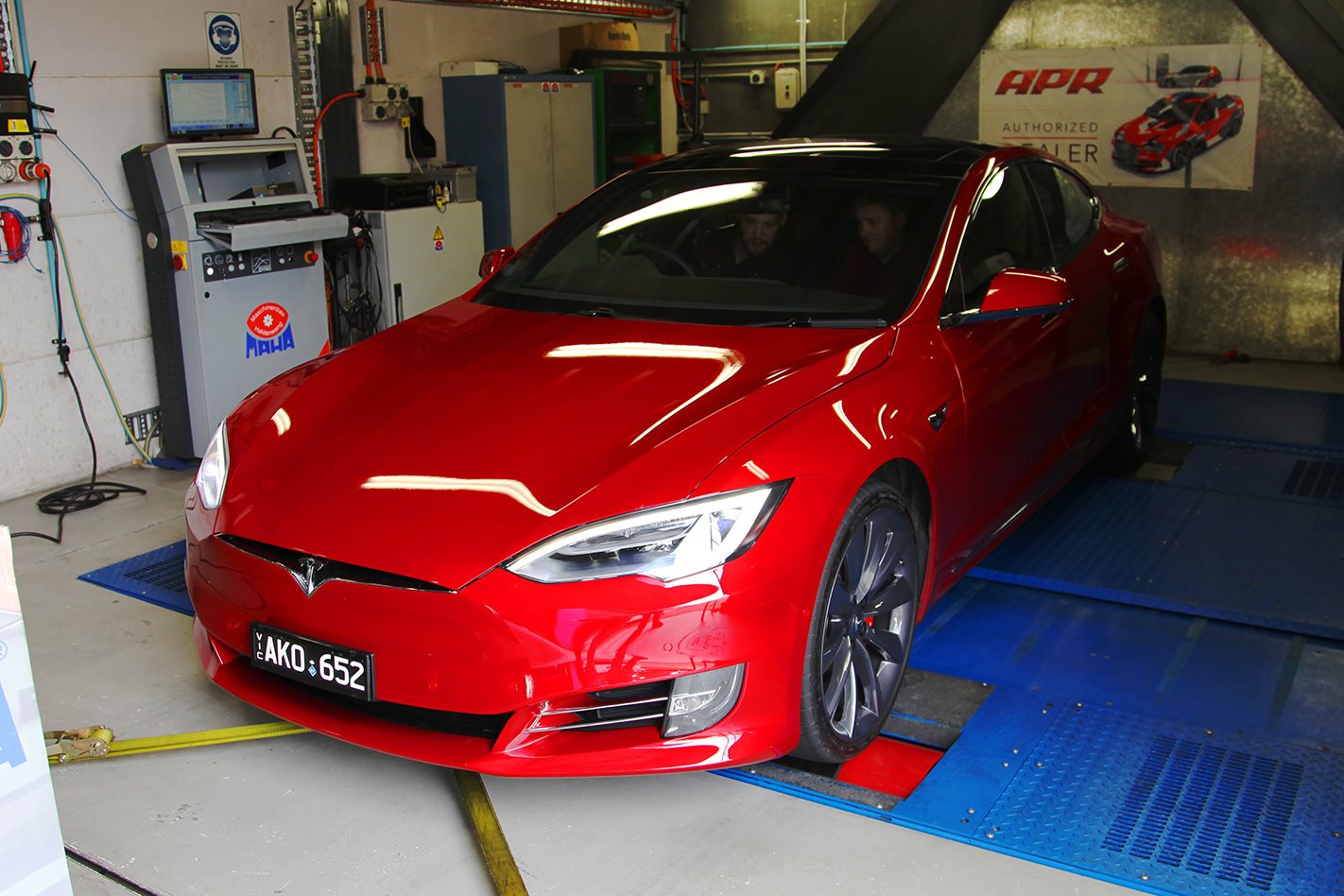“What’s the worst that can happen?”
“Quite a lot actually…”
I’m chatting with Tim Willis from BWA Auto, both of us running our eyes over the curves of the $314,000 Tesla Model S P100D, which has just been strapped down to the only dyno of its kind in Australia.
The plan was simple, take the most powerful electric car available in Australia, put it on a rolling road, and reveal the power and torque outputs behind its ridiculous performance.

So while we had the keys to the P100D for two weeks (you will be seeing more from our time with this car in the coming days), we decided to put it to the test.
But, dyno testing a Tesla is not the work of a moment. Thankfully, BWA Auto in Sydney is equipped with a rig capable of managing high output electric cars and extracting accurate figures. A time was booked, technicians in Germany were consulted overnight, and now I was preparing for the moment of truth with Tim beside me.
Tim and the BWA Auto crew began by consulting colleagues in the UK who had previously attempted to test a Tesla, and were warned the process could take up to two days. We didn’t have that luxury, with my schedule meaning the Model S was going to be on the Hume barrelling towards Melbourne in 24 hours.

With those issues adapted to and out of the way, a total of 11 passes were completed, each remarkably consistent. In the end the P100D put up surprisingly little resistance to our meddling.
The best of the runs resulted in 394kW at the wheels, and a staggering 1406Nm. Ludicrous figures (pun intended), and more than enough to explain its bonkers acceleration.
The BWA Auto guys and two representatives from Maha (the dyno manufacturer) were adamant about the accuracy of the figures.

The torque number, on the other hand, is as close as possible to what those two motors actually churn out combined, in a real-world on-road scenario.
The dyno graph also makes for fascinating viewing, with the instant power delivery from the equivalent of zero rpm drawing a straight, almost vertical line as Tim moves to full throttle, and then a slow taper as the car rolls to a stop.
In the end, it was a fascinating experience that tested the limits of the dyno, and highlighted the incredible power that makes the Tesla such a straight-line monster.






